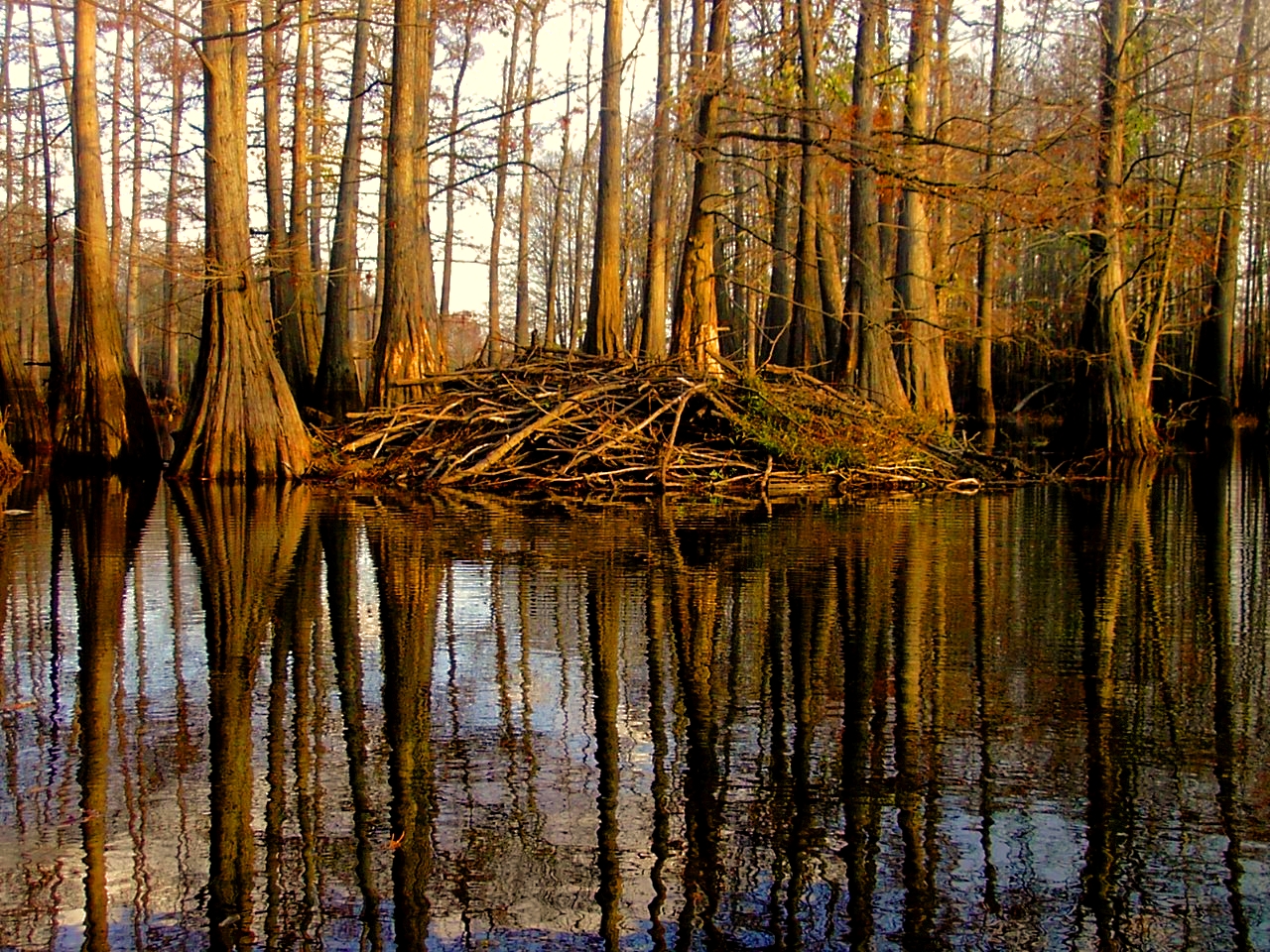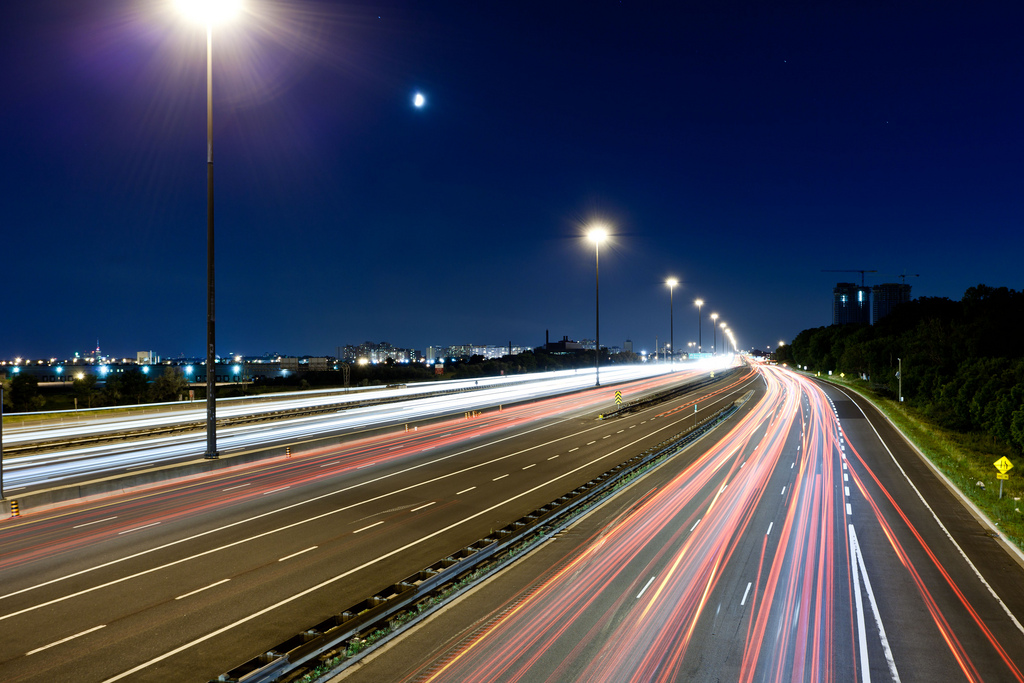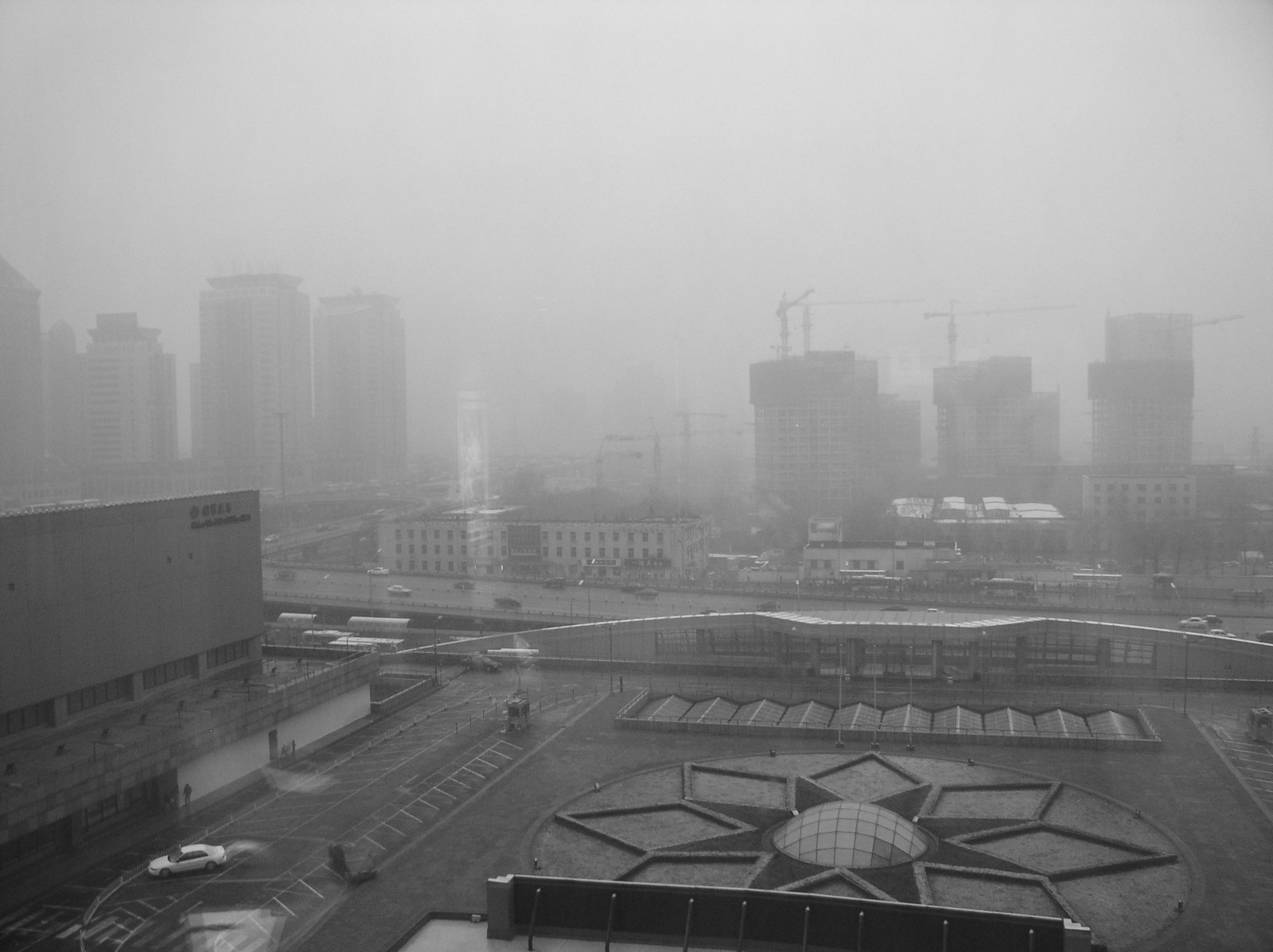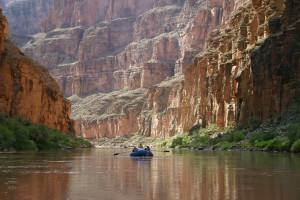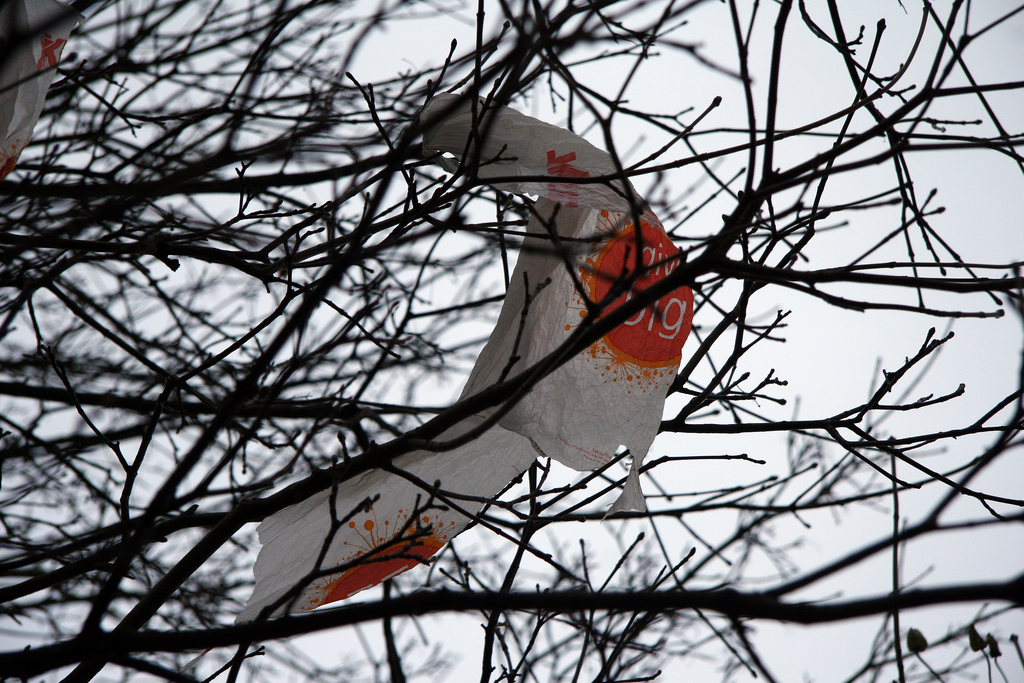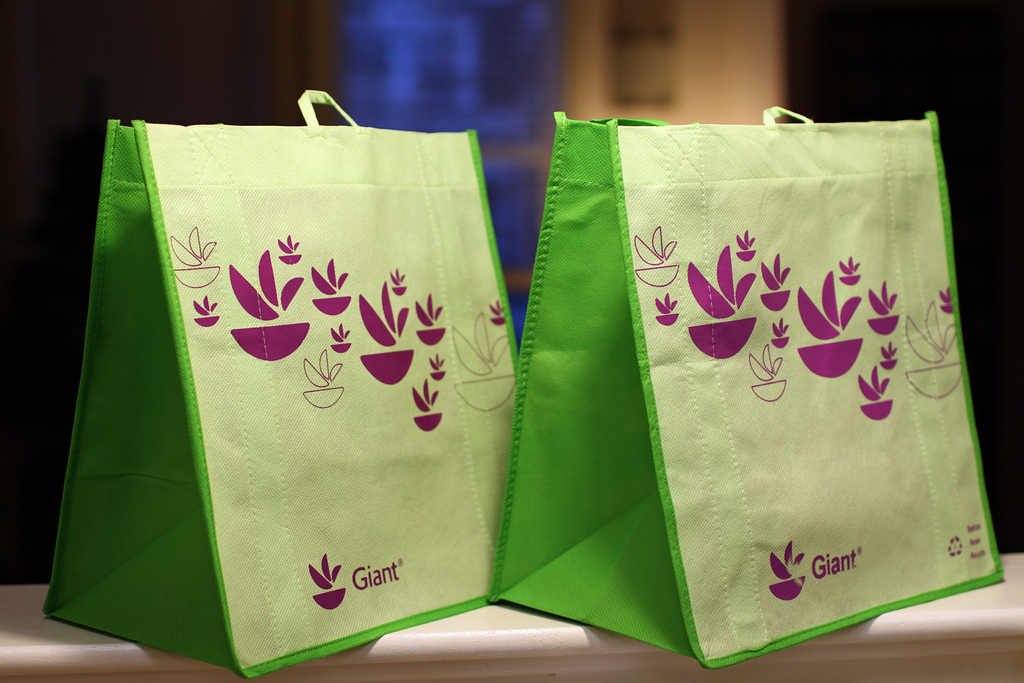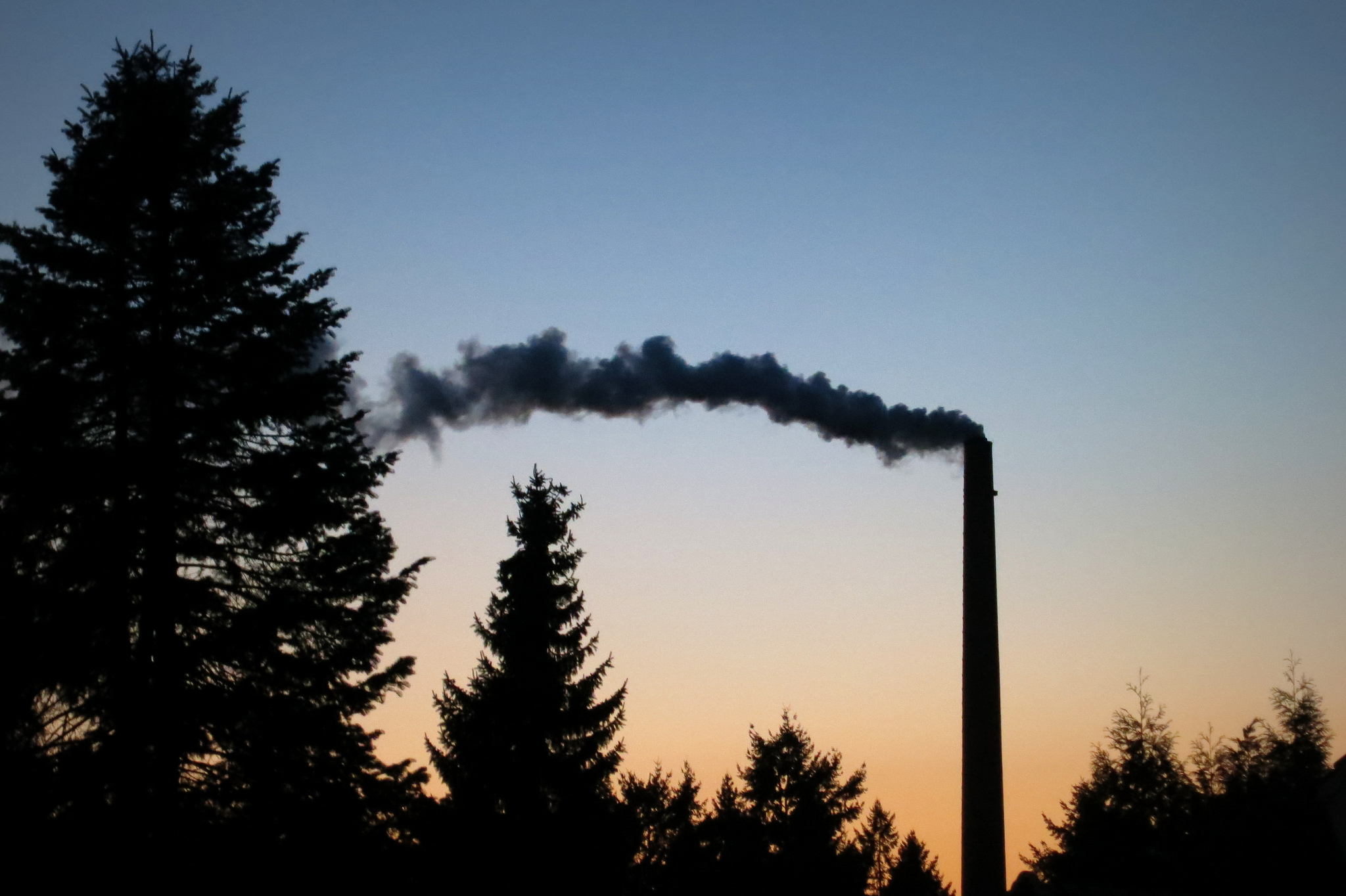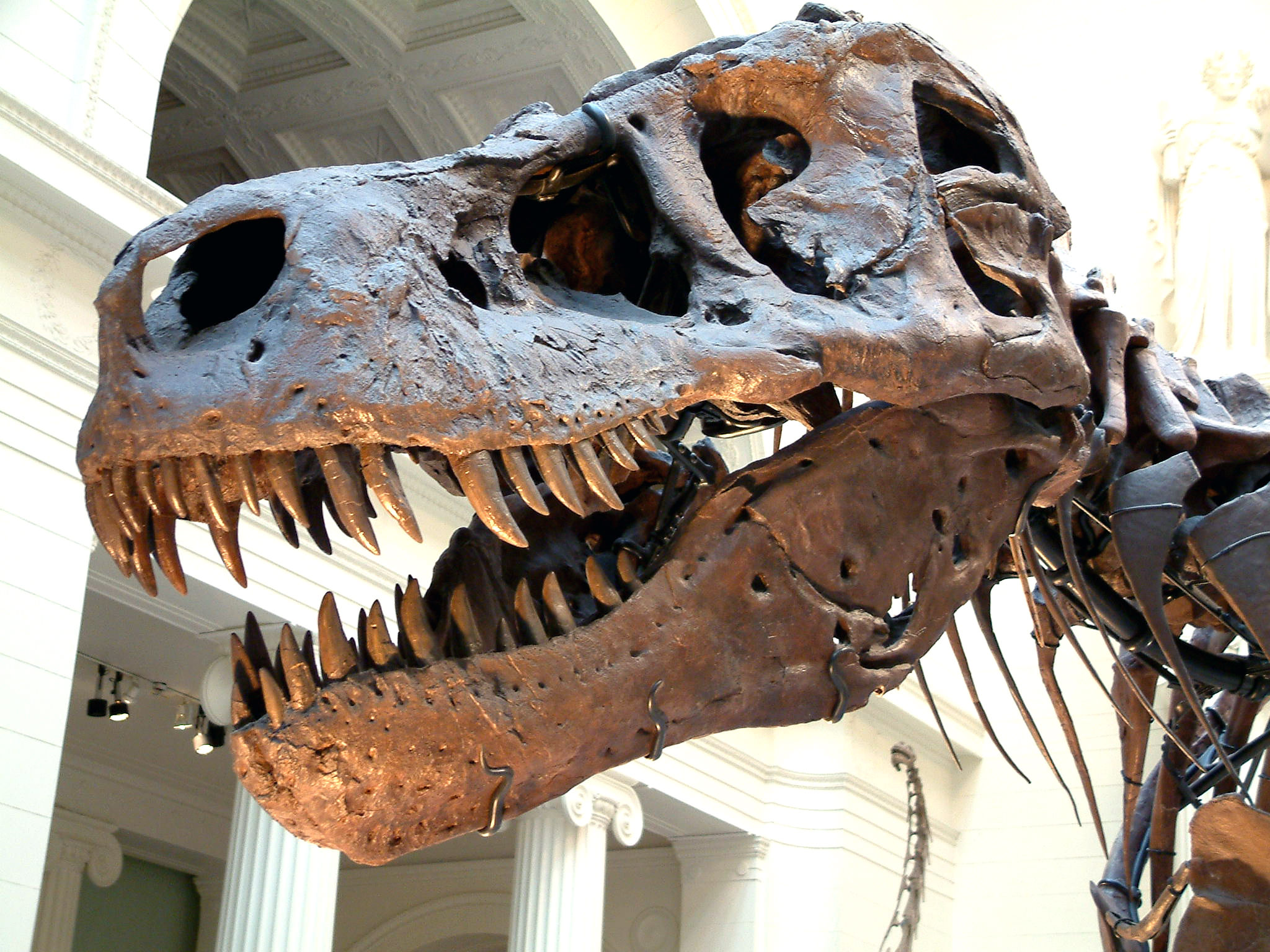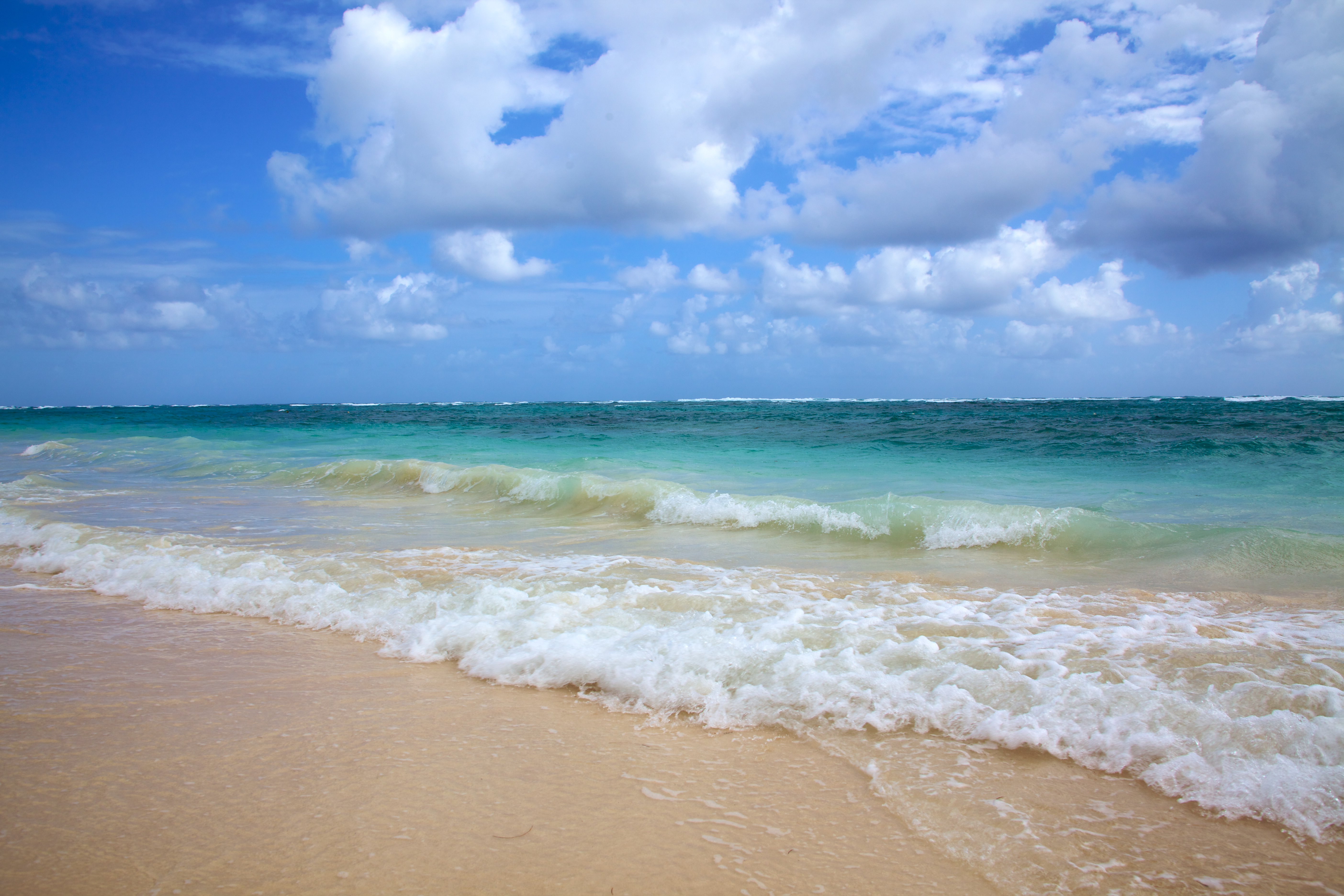pollution
Noise Pollution And Wildlife
Traffic noise is something nobody likes. We shy away from homes too close to highways and major roads. We soundproof our houses. We build noise abatement walls.
Reducing Food Waste
We have talked about food waste before. It is a big problem in this country: some 31% of our food supply is wasted, more than 130 billion pounds a year. Food waste makes up 21% of solid waste in municipal landfills, which means that it accounts for the bulk of landfill methane emissions. Methane is more than 20 times more effective as a greenhouse gas than carbon dioxide, and landfills are a major source of it.
Killer Air
Globally, air pollution kills 3.3 million people per year. And this number could double to 6.6 million people by 2050 if little is done to decrease the dangerous levels of tiny particles, toxins, and ozone in the air.
Seabirds In Trouble
Bad news for seabirds. New research out of the University of British Columbia shows that their populations have declined by a staggering 70% since 1950. This finding is troubling on multiple levels, as seabird populations tend to be good indicators of marine ecosystem health.
Mercury And Selenium Pollution In The Grand Canyon
The Grand Canyon Reach of the Colorado River is breathtaking and remote. For hundreds of miles, the rugged landscape renders the river virtually inaccessible to people. Those intrepid enough to explore the area are treated to red rocks, blue skies, and meandering waters.
[Read more…] about Mercury And Selenium Pollution In The Grand Canyon
Plastic Shopping Bags: A Modern Blight
Single use plastic shopping bags are the norm at grocery stores, pharmacies, and big box retailers. They are also a familiar sight tumbling down roads, waving from trees, clogging storm drains, and polluting lakes, streams, rivers, and oceans.
Outsourcing Our Emissions
The average American is responsible for one of the largest carbon footprints in the world. Some 37% of our carbon emissions is associated with electricity generation; 33% stems from transportation – largely personal automobiles. The remaining 30% is attributed to industry, residential use, and agriculture.
Counting Trees
A new satellite study led by Yale University and published in the journal Nature calculates that there are more than three trillion trees on Earth. This is seven and a half times more than previous estimates, which had calculated just over 400 billion trees worldwide.
Meat Consumption & Biodiversity
Several studies warn that the current loss and decline of species is contributing to what appears to be the beginning of earth’s sixth mass extinction. More than 400 species have gone extinct in the last 100 years. And scientists suggest up to 37 percent of the world’s species could go extinct within the next 35 years.
Shopping Bags
Paper or plastic? It’s a quandary we have faced in the grocery store for decades. Plastic is non-biodegradable and usually ends up in landfills or worse, in waterways or in the ocean. On the other hand, manufacturing paper is water intensive and produces pollution.
Is Pollution Good for Trees?
In recent decades, the so-called hygiene hypothesis has been proposed to explain the rapid rise in allergic diseases during the 20th century and has even been linked to a broader range of chronic illnesses. The basic idea is that that when exposure to parasites, bacteria, and viruses is limited early in life, children face a greater chance of having allergies, asthma, and other autoimmune diseases during adulthood.
The First Mass Extinction Since Dinosaurs
Earth’s current biodiversity is the highest in the history of life – ever. It’s the product of three and a half billion years of evolution. But a new study warns that a tipping point is on the horizon.
[Read more…] about The First Mass Extinction Since Dinosaurs
